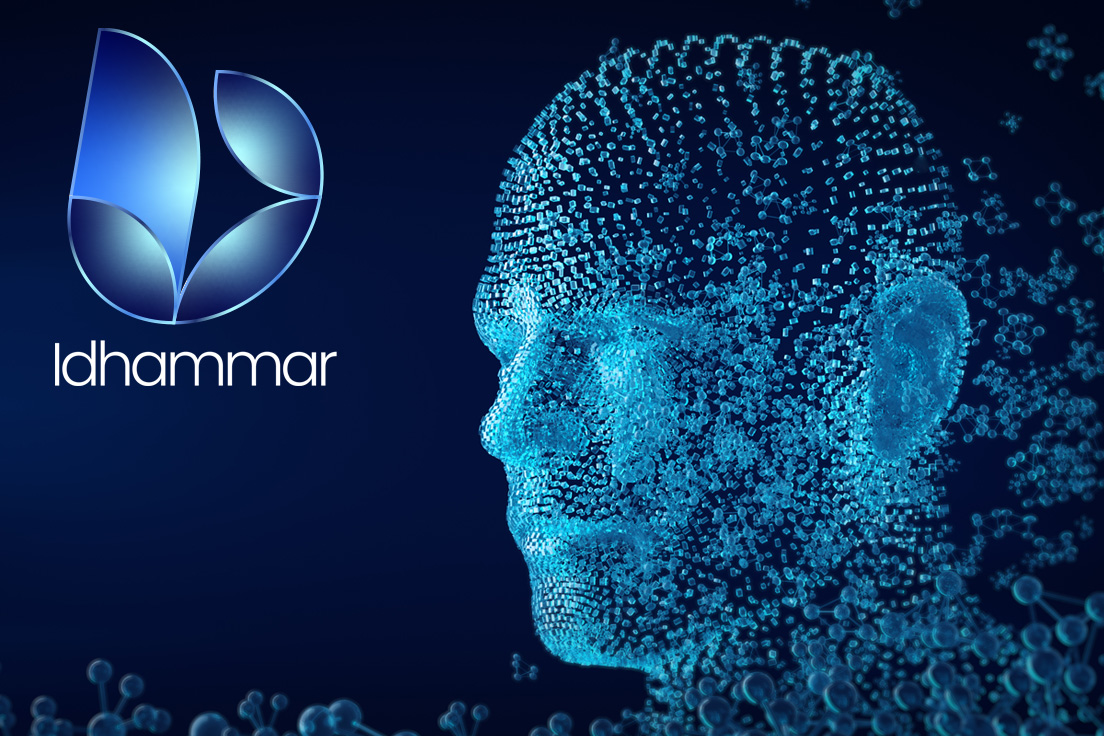As Artificial Intelligence advances, it’s being increasingly used in the maintenance management field. Considering the benefits it brings, that comes as no surprise. It improves accuracy and safety by detecting problems faster than a human could, allowing for quicker resolution. In addition, real-time insights allow maintenance managers to take rapid action to handle an issue before it becomes a real problem.
Another safety benefit is that the deployment of sensors in difficult to reach places protects engineers from the associated risks of accessing those areas.
AI is also used in Computerized Maintenance Management Software (CMMS software) to assist with Robotic Process Automation and Overall Equipment Effectiveness.
All in all, this maximises uptime and reduces the cost of manual labour. However, some worry that AI will replace human maintenance workers; the more realistic scenario is that AI will supplement human work rather than replace it, and we’re seeing this happen in many industries.
Read on to discover exactly how AI is being used in maintenance operations and why your job is not on the line.
How AI is Being Used in Maintenance Management
One of the most prominent uses of AI in maintenance management is for predictive maintenance, which is possible thanks to Machine Learning (ML), an AI technique for analysing large datasets and identifying patterns within them. Based on what is discovered from those datasets, the model can come to conclusions about new data.
The datasets used to train the algorithms to learn patterns involve inputs that are mapped to specific outputs. For example, if a part has temperature and vibration readings within a normal range, the condition is acceptable; thus, the model learns which variables map to certain outcomes and can transfer that knowledge to future data.
With that in mind, let’s find out how predictive maintenance is improving maintenance activities.
Predictive Maintenance
Preventive maintenance tasks are old news. In the past, preventive maintenance reduced downtime through planned maintenance tasks and ensuring parts and components were replaced at pre-defined intervals. However, thanks to the combination of AI, the Internet of Things (IoT), and cloud technology, faults can be predicted instead.
According to McKinsey, AI-powered predictive maintenance can increase asset productivity by 20%, and reduce inspection costs and annual maintenance costs by 25% and 10%, respectively. Another advantage of this technology is that the models improve with time as they are fed more data.
Predictive maintenance can detect even the most minor changes in performance and conduct a root cause analysis to avoid downtime.
Embedded Machine Learning
It is forecast that the IoT will create an annual economic impact of up to $11.1 trillion by 2025, and besides maintenance, we are already seeing a broad range of applications of this technology in manufacturing and healthcare sectors.
In maintenance, sensors are deployed to gather measurements from motors, actuators, and other components about vibration, temperature, and other relevant variables. The model can then identify outliers and other patterns of interest. The system can then automatically generate a work order if a potential fault has been detected.
Before data is sent to the maintenance software, certain decisions can be made at the sensors themselves (embedded Machine Learning). The sensor can reduce the amount of data sent to the system by only sending what is truly relevant. This reduces both the energy consumption and bandwidth requirements. In some scenarios where a large number of sensors distributed across a wide area, designated nodes for data aggregation may be deployed.
Overall Equipment Effectiveness
AI is used in Overall Equipment Effectiveness to detect sub-standard production in order to minimise waste and provide quality assurance. Our OEE Monitoring module also provides insights into labour costs, water and energy consumption, and more.
Robotic Assistants
Robots are being used to carry out certain maintenance tasks. For example, Rolls-Royce has been developing so-called snake robots which are able to reach into engines to inspect them and make repairs. Such robots can reach areas that a human would not be able to access without dismantling parts, which is a great step forwards in terms of efficiency.
But who is going to maintain these robots? Humans, of course (at least for now). This brings us to the concept of robotic assistants. UK based automated warehouse company, Ocado, has been working with UCL, the University of Rome, and other institutions to develop a robotic assistant known as SecondHands, named after its ability to provide maintenance personnel with a second pair of hands.
This robot is designed to detect when a technician needs assistance and will carry out actions such as grasping objects to hand to them, assist them with lifting objects, or providing assistance with specific repair techniques. This is possible thanks to computer vision and video analytics. Having such an assistant to hand – who doesn’t need to be paid a salary – is a cost-effective way to speed up maintenance tasks and make the job of maintenance teams much easier.
Intelligent Robotic Process Automation
Robotic Process Automation (RPA) is a way of automating sequences of manual, repetitive tasks by integrating various systems that are responsible for different business functions. For example, it can handle aspects of accounting by automatically receiving and processing invoices then making payments automatically.
When AI is brought in, it is known as Intelligent RPA. This innovation allows for the efficient management of end-to-end business processes. Thanks to ML, IRPA can make use of analytics to detect waste and improve processes.
RPA and IRPA are essential for modern Computerized Maintenance Management Systems, helping with tasks such as transaction management, automatic alerts, the automatic generation of work orders, reporting, and much more.
Challenges of Using AI in Maintenance Management
AI requires extensive data to work properly, and companies must ensure they have access to the necessary data before investing in an AI-powered solution. It is also vital to be using cloud based systems in order to process the volume of data required – so, any organisation looking to leverage AI or IoT technology needs to start transitioning to the cloud.
Generally speaking, the more data fed into a model, the more accurate it will become. However, modern equipment will have a limited failure and degradation history, making it more challenging to give the models something to learn from.
For that reason, developers have been digitising legacy records of faults and maintenance history so that algorithms have sufficient data to learn from. In addition, the models can generalise what is known about a similar asset to the one being monitored (this is known as transfer learning).
The most pressing concern in any IoT application is security. If a malicious agent were to tamper with such systems, not only would they potentially become less accurate, but the physical safety of workers could be on the line as a result. In some scenarios, this could compromise the safety or large numbers of customers, such as in transportation maintenance. Rigorous security standards must therefore be implemented in any such application.
Why AI Will Supplement, Not Replace Human Asset Management Workers
Currently, AI cannot replace some of the higher-order cognitive functions of a human, and the algorithms are only as helpful as the data provided to them. Subject matter experts will always be required to decide what data is necessary; therefore, data scientists working with predictive maintenance applications need not worry.
Even if robots become commonplace, technicians will still be required to repair them, as mentioned. In addition, RPA has been around for a long time, yet accountants are not obsolete; this highlights the fact that there are limits to AI and that humans will be required for supervisory roles. As with any form of disruptive technology, new job roles are created and existing roles adapt.
In Summary
Predictive maintenance is gaining traction due to the accuracy it affords and the costs and time it saves. The deployment of sensors in areas that are difficult to reach improves safety, as personnel would no longer need to access those areas for inspections (unless a sensor is at-fault and needs inspecting/replacing). Other forms of AI in maintenance include computer vision, robotic assistants, and RPA/IRPA.
Despite all this progress, the technology has a long way to go before it can replace humans. For now, it will only supplement human workers. New roles will be created to cater to different needs, and existing workers will learn new skills – for example, technicians may focus more on maintaining maintenance robots than maintaining assets themselves.
Idhammar Systems are the leading provider of CMMS software. Our solution contains Inventory Management, Condition Tracker, Overall Equipment Modules, and much more – for the most streamlined work management.
Contact us today to book a free demo and discover how your maintenance practises can transform.




